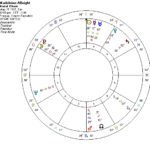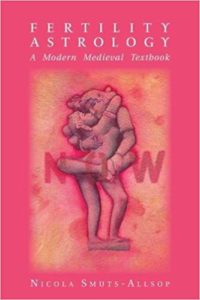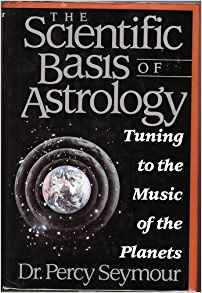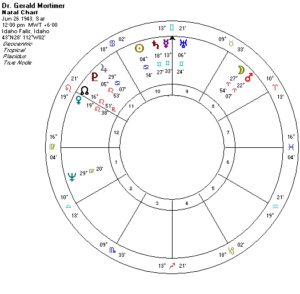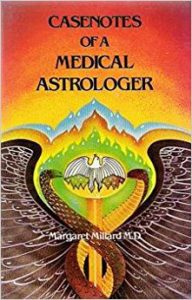How do artists capture the soul or spirit of humanity? Somehow they are able to reflect the metaphysical, transcendent and numinous (spiritual or holy) in ordinary life. A poet sees beyond the mundane to the essence of life and immortalizes it for the rest of us.
I’ve always enjoyed reading biographies and memoirs to see how lives unfold and the twists and turns of circumstance. The best illuminate something about the human condition. And any biography will help us learn more about astrology.
Frank McCourt in Angela’s Ashes (1996) captured the town of Limerick, Ireland in the 1930s and ‘40s – it’s warmth and weaknesses, wealth and poverty, kindness and cruelty. Given McCourt’s character, talents and the unforeseen events of his life, we get a telescopic view of why he had to be who he was and how closed doors became open windows. McCourt’s interactions with others, for better or worse, provided key events in his life. And his own early experiences of poverty, loss and illness also included great understanding, love and compassion. 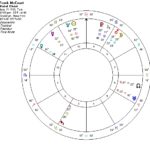
His horoscope includes Mercury in Virgo and Venus in Libra, both signs of their rulership, which accentuated his mind, sense of balance and relationships. We can easily see why he eventually became a writer with the ability to share his feelings with others. In his book, he presents his life with affection and humor.
McCourt’s Sun in Leo conjoins Neptune in Virgo. This combination gives him the ability to see the world with an artist’s eye. In a hospital with typhoid fever as a child, he was introduced to poetry and Shakespeare. His father was an alcoholic who loved his family but couldn’t cope with life.
Frank McCourt also had his Moon way Out of Bounds in Gemini. Kt Boehrer felt that this could indicate a “Cindarella” type who experiences hardship in life but succeeds later on.
But perhaps the most telling pattern in this horoscope is Saturn in Capricorn opposite Jupiter in Cancer. (Saturn has almost exactly returned to its natal place as I write this.) Saturn is in its own sign and Jupiter is exalted, showing his experience with those who were resilient, supportive and idealistic, as well as authorities and others who had become hardened or cautious.
McCourt worked his way out of the family’s straightened circumstances (Saturn), returned to the U.S. (where he’d been born) and expanded his circumstances through education (Jupiter). Leading a stable and secure life as a schoolteacher for many years, it was only after his retirement in 1988 (at age 58 and the start of his Saturn return) that he began writing the memoir that captured his early years in such vivid colors.
Frank McCourt was born on August 19, 1930 in Brooklyn, New York, no time is available.

